Thessaloniki gets ready for its metro launch in November
The underground rapid transit lines have been under construction for almost two decades due to various project delays
 TheMayor.EU logo
TheMayor.EU logo 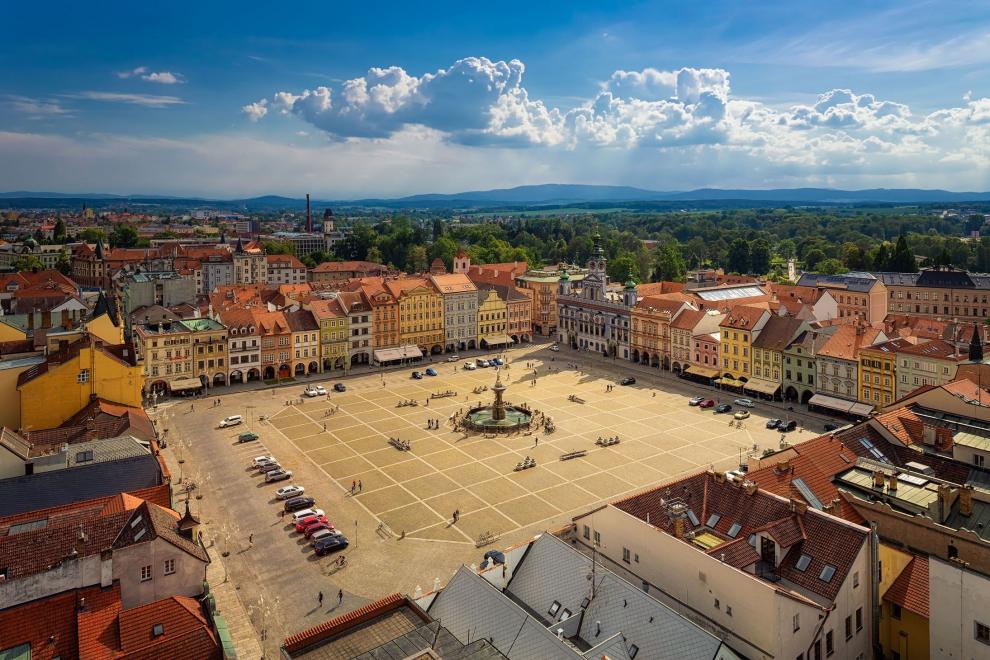
The city of České Budějovice (Czech Budejovice) was founded in 1256 by the Czech King Premysl Otakar II at the confluence of the Vltava and Malše Rivers, receiving municipal status in 1265. The town was largely destroyed in the 15th and the 16th century after being the ground of many religious conflicts. The town became a part of the Habsburg Monarchy in 1526. Many centuries later, towards the end of the Second World War, in March 1945, Budějovice was targeted twice by US warplanes which inflicted heavy damage on it and caused many casualties. Subsequently, the town was liberated by the Red Army and was ushered into the Soviet sphere of influence.
České Budějovice (Czech Budejovice), also known as Budweis in German or English, is located in the region of South Bohemia, in the Czech Republic. It is the largest city in the region, a metropolitan centre and home to approximately 93,500 inhabitants.
Located at the confluence of the Vltava and Malše rivers surrounded by enchanting countryside, the city covers an area of 56 square kilometres.
Budějovice has been a leading centre of beer brewing since the 13th century. Budweiser Budvar Brewery, which is the fourth-largest brewery and second-largest beer exporter in Czechia, was founded in 1895 and has legal rights to market its beer under the "Budweiser" brand name in much of Europe. Other important companies in the town's diversified economic profile include auto parts maker Robert Bosch spol. s.r.o., Madeta Č.Budějovice a.s., Motor Jikov a.s., pencil producer Koh - i – Noor Hardtmuth a.s. Czech Budejovice is also a major exhibition centre.
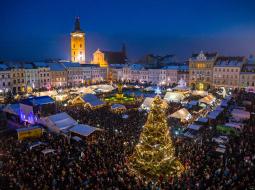
Other important places that make the city of České Budějovice so attractive for tourists are the natural monuments near the city, such as the Vrbenské rybníky nature reserve, the natural monument Tůně u Špačků, and the Stromovka forest park.
Every year, České Budějovice becomes a vibrant centre of culture, particularly in summer and during Advent. Countless unique performances are offered in music and theatre festivals for which the historic city centre, with its squares, streets, parks and water surfaces, doubles as the stage and decor. These spectacles have attracted many visitors from the country and abroad.
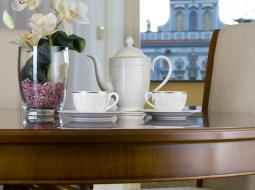
The dominant building, among the Baroque and Renaissance buildings with arcades around the square, is the Baroque town hall. The four stone statues set in between the three city hall spires are an allegory of the civic virtues: Justice, Courage, Wisdom and Caution.
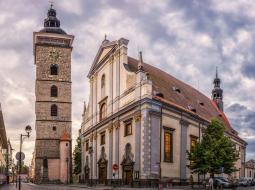
The city centre of České Budějovice is dominated by the Black Tower – a 72-meter belfry and city watchtower. Its gallery provides a stunning view of České Budějovice and the surrounding area. The tower was built in the 16th century in the Renaissance style by councillors.
To the right of the tower is the Cathedral of St. Nicholas. The austere Baroque structure was built in the mid-17th century after the beautiful Late Gothic cathedral was destroyed by a fire. The list of nearby sights goes on: the Dominican monastery with the Church of the Presentation of the Blessed Virgin Mary, the Salt Store, remnants of fortifications, the Rabenstein Tower, the Iron Maiden, etc.
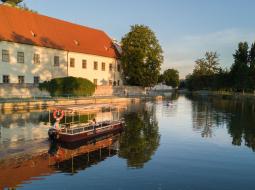
The city has had a new attraction since 2011: boat cruises on the Vltava via Hluboká nad Vltavou to Týn nad Vltavou. You can cruise on a large boat or a motorboat, which you can drive yourself. Guided tour cruises on the Malše canal in the city centre have also been added since 2017.
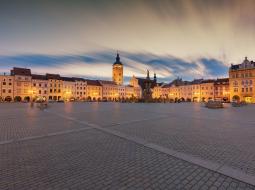
Due to its numerous architectural and artistic heritage sites, the historic city centre of České Budějovice has been declared an urban heritage reserve and contains the greatest tourist sights. These include the renowned Přemysl Otakar II Square, named after the city’s medieval founder. From a bird’s eye view, it surprises with its nearly perfect square shape surrounded by a perpendicular grid of streets.
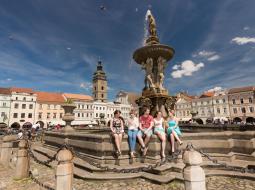
The gem at the centre of the square is the Baroque Samson Fountain, the largest of its kind in Bohemia, featuring a sculpture of the legendary hero Samson fighting the lion.
Přemysl Otakar II. Square 1/1
370 92 České Budějovice